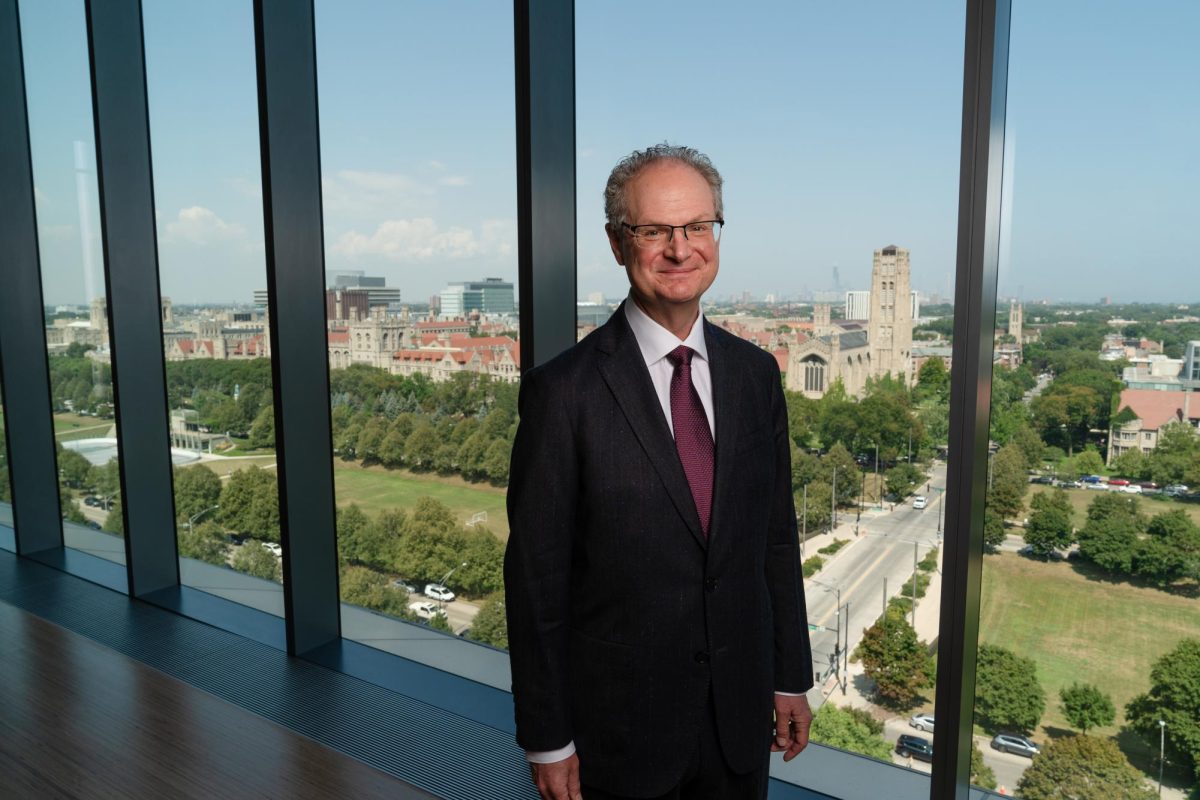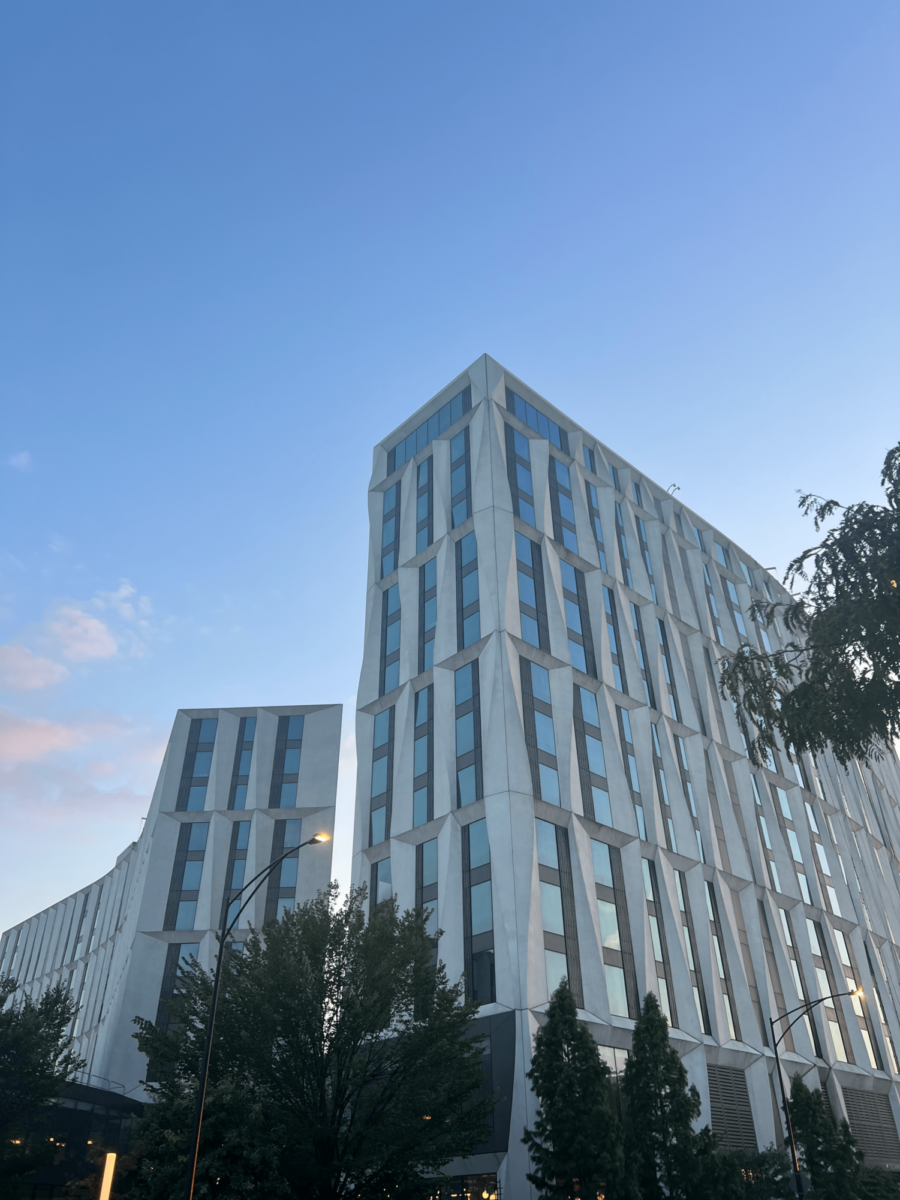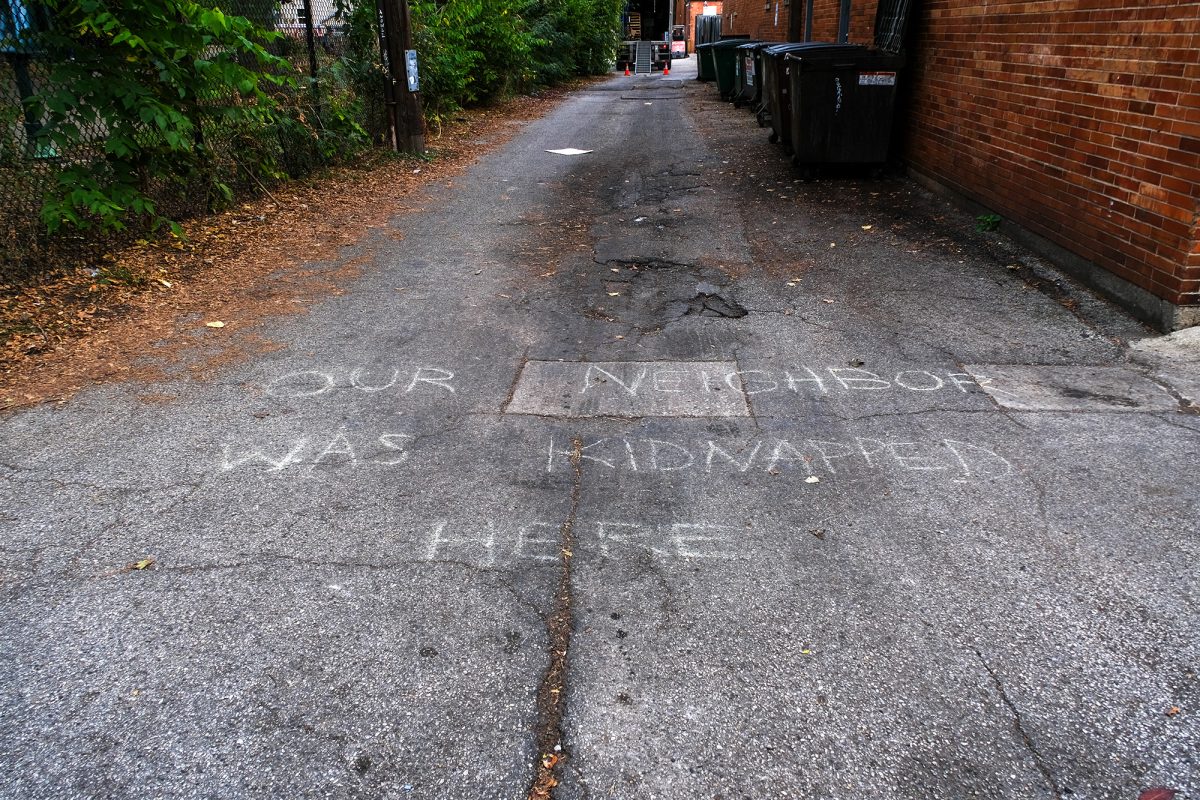[img id=”78773″ align=”alignleft”]
While Ronald Reagan wanted to tear down a wall, the University might be tearing down his childhood home. The University may be planning to tear down buildings on East 57th Street—including the apartment of the 40th president, according to South Side preservationists, who aren’t going to let the building go down without a fight.
While he spent the majority of his childhood living instate, but outside of Chicago, Reagan lived in the apartment in a six-flat building on East 57th Street and South Maryland Avenue for one year as a child, from 1914 to 1915.
The University purchased the building in 2004, with plans to expand West Campus to the areas between 56th and 58th streets and South Drexel and Cottage Grove Avenues. The new buildings for the site include the William Eckhardt Research Center and a new child care center.
No demolition permit has been filed for that particular building, and the University has no announcements regarding this particular building, according to University spokesman Jeremy Manier. The University has acquired demolition permits for two other buildings on South Drexel Avenue.
This hasn’t stopped preservation activists, like Southside Preservation Action Fund leader Jack Spicer, from speaking out against the demolition of the building.
“Regardless of what you think about Ronald Reagan, Reagan and his boyhood home here would deserve some respect,” said Spicer. “It’s Reagan’s only Chicago residence. Other than Obama’s house in Kenwood, it’s the only residence of any president in Chicago.”
Spicer believes efforts to preserve the building should not only stem from Reagan’s brief stay. He described the building’s architectural attributes, including metal fretwork and a unique 1920s entrance, as historically valuable. “Once they tear the building down, it’s gone forever,” he said.
Though Spicer and fellow preservationists had recommended that the buildings on 57th be maintained, he expects the University to demolish the building and others nearby to make room for hospital expansions.
He believes that the University’s renovations will leave a “sterile canyon” in Hyde Park.
Fourth-year and President of the University College Republicans President Joseph “Tex” Dozier sees the building as an opportunity for the University to engage with the community. Dozier suggested the apartment be used as the site of a museum to honor the former president.
The building on East 57th and Maryland Avenues received an orange rating by the Commission on Chicago Landmarks. The orange rating requires that 90 days of public notice be granted before a demolition permit may be obtained, unless a building is deemed hazardous. Major Hyde Park landmarks, like the Robie House, are protected by a red rating.
Dozier believes that the mandatory waiting period will allow time to open a community dialogue with University officials. He plans to use available media outlets to call attention to the building’s destruction if the demolition permit is acquired, he said.
Spicer also hopes the mandatory 90 day period will also allow for input from community leaders. “Decisions that have to do with the history and the historic legacy of the neighborhood ought to be made in concert with the community,” he said.








